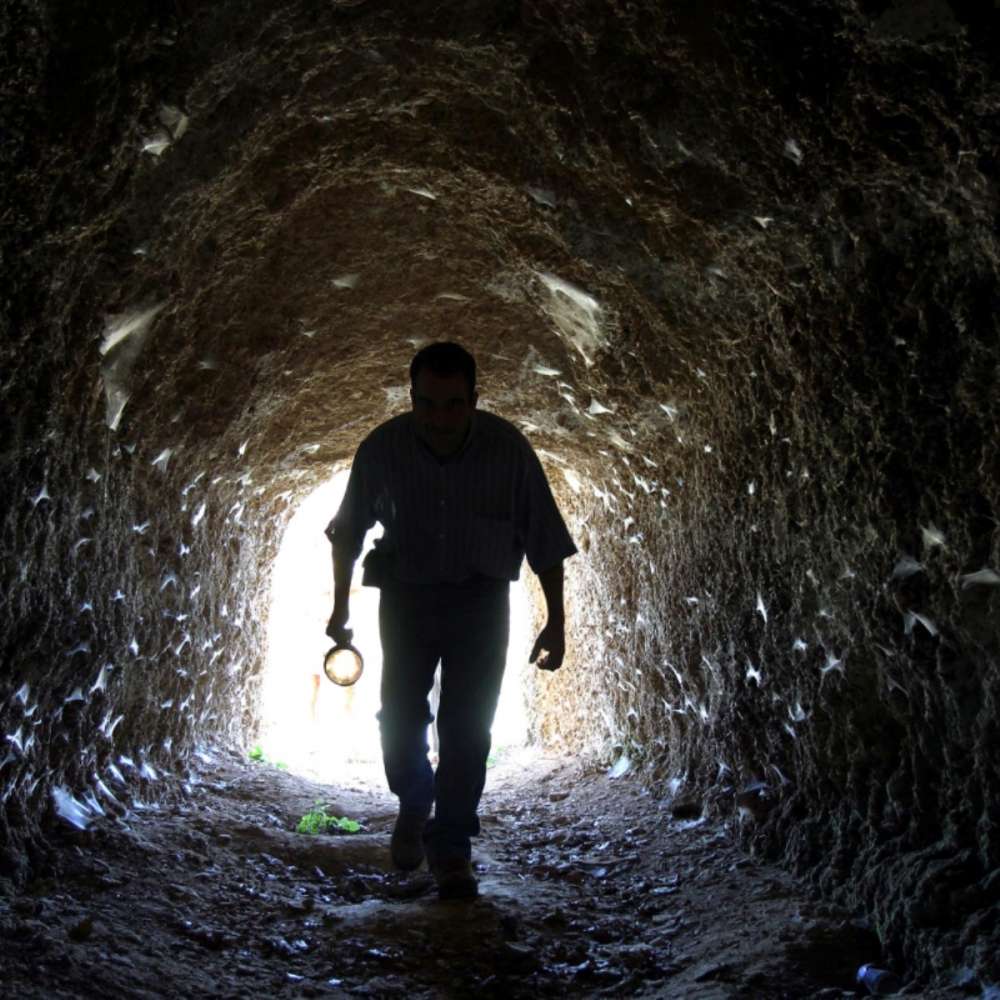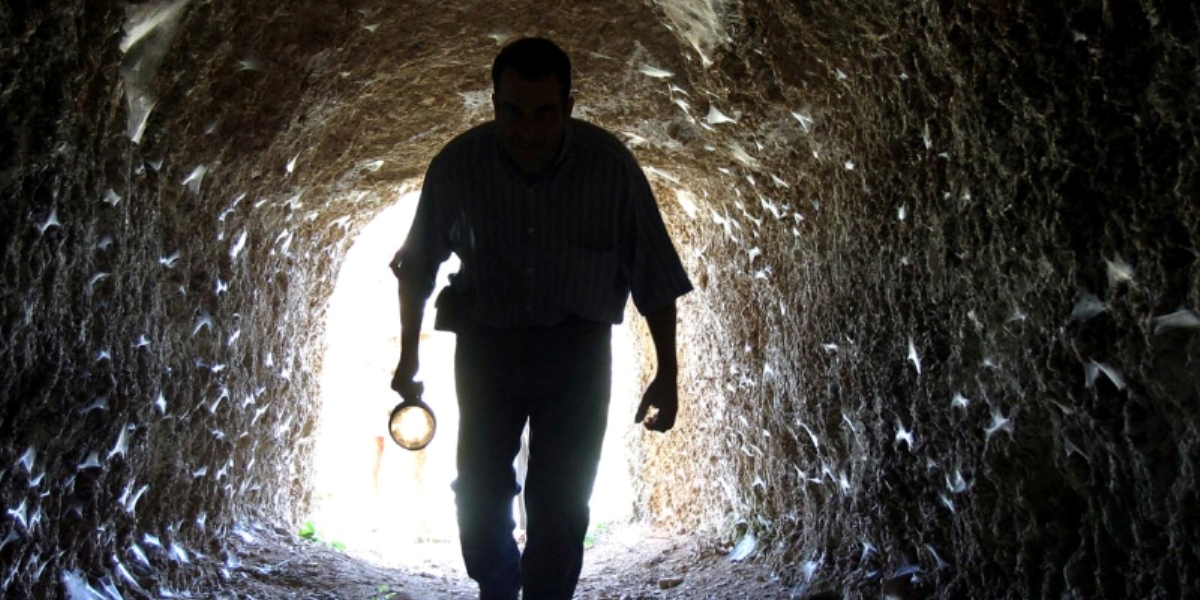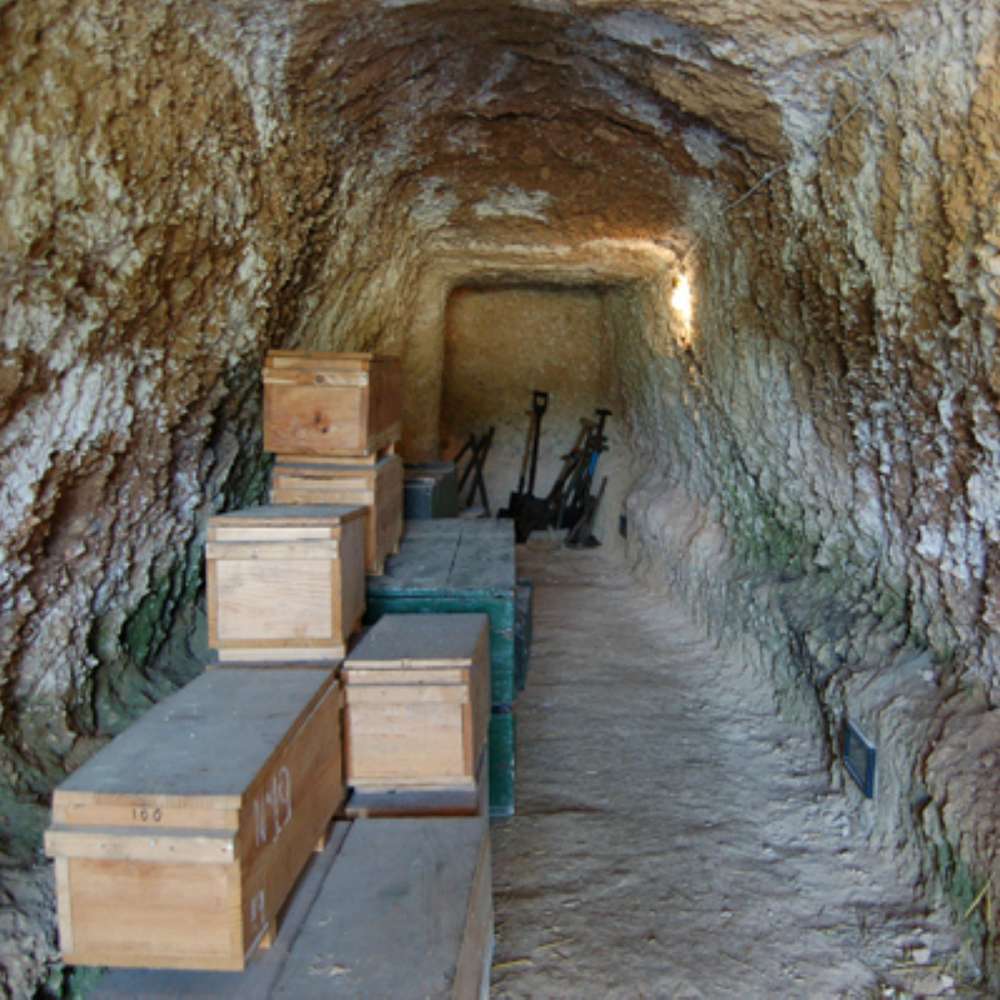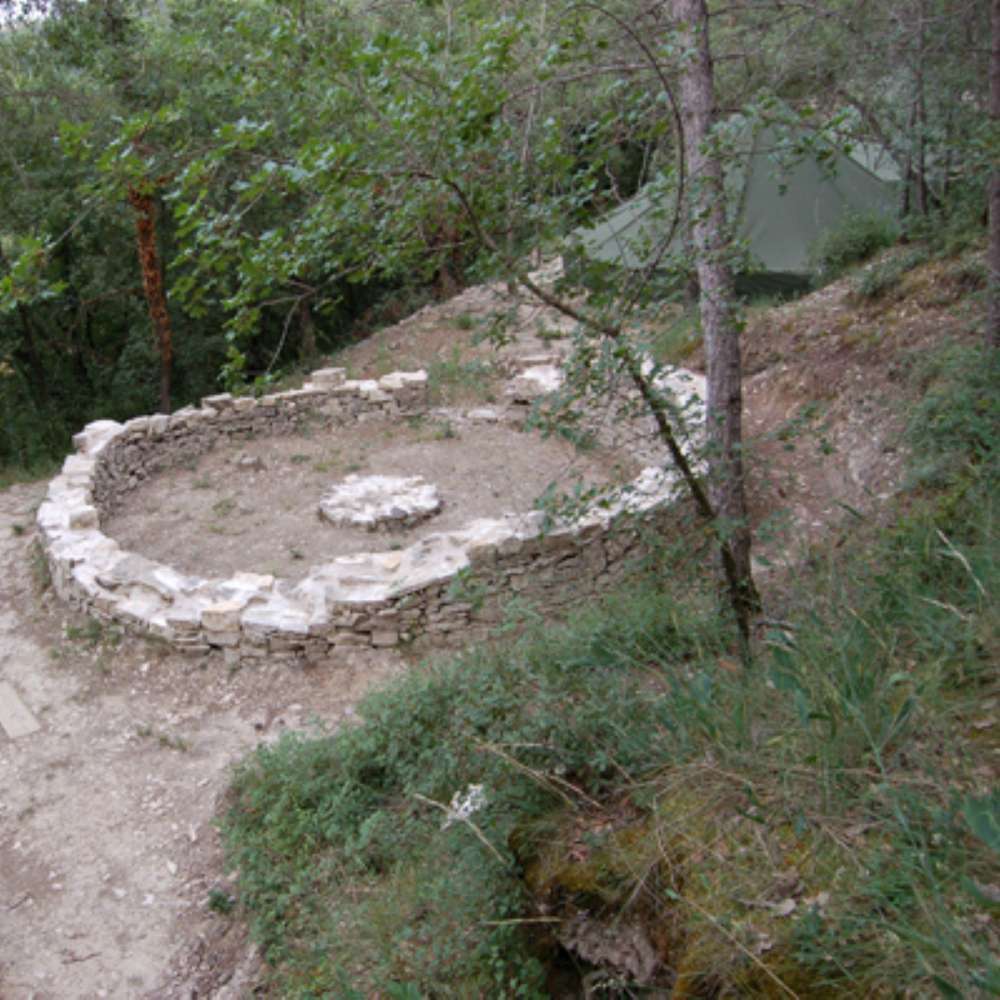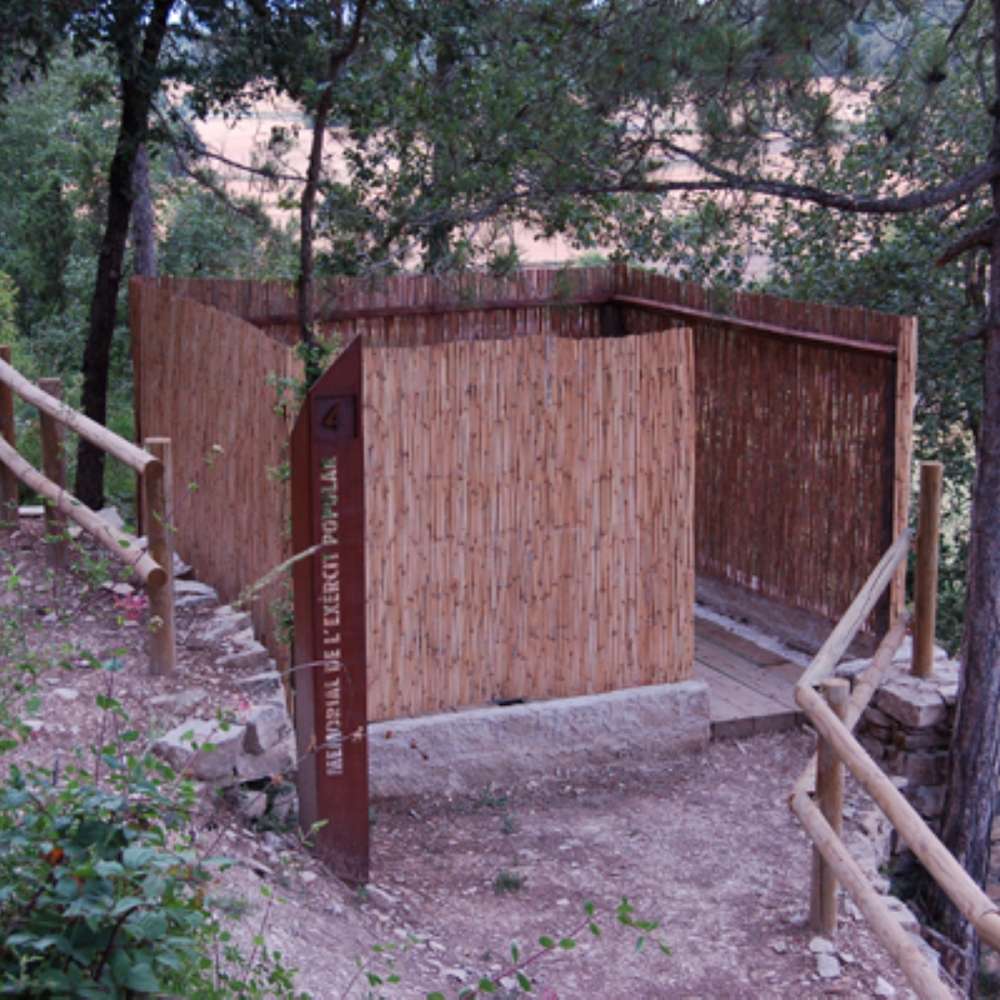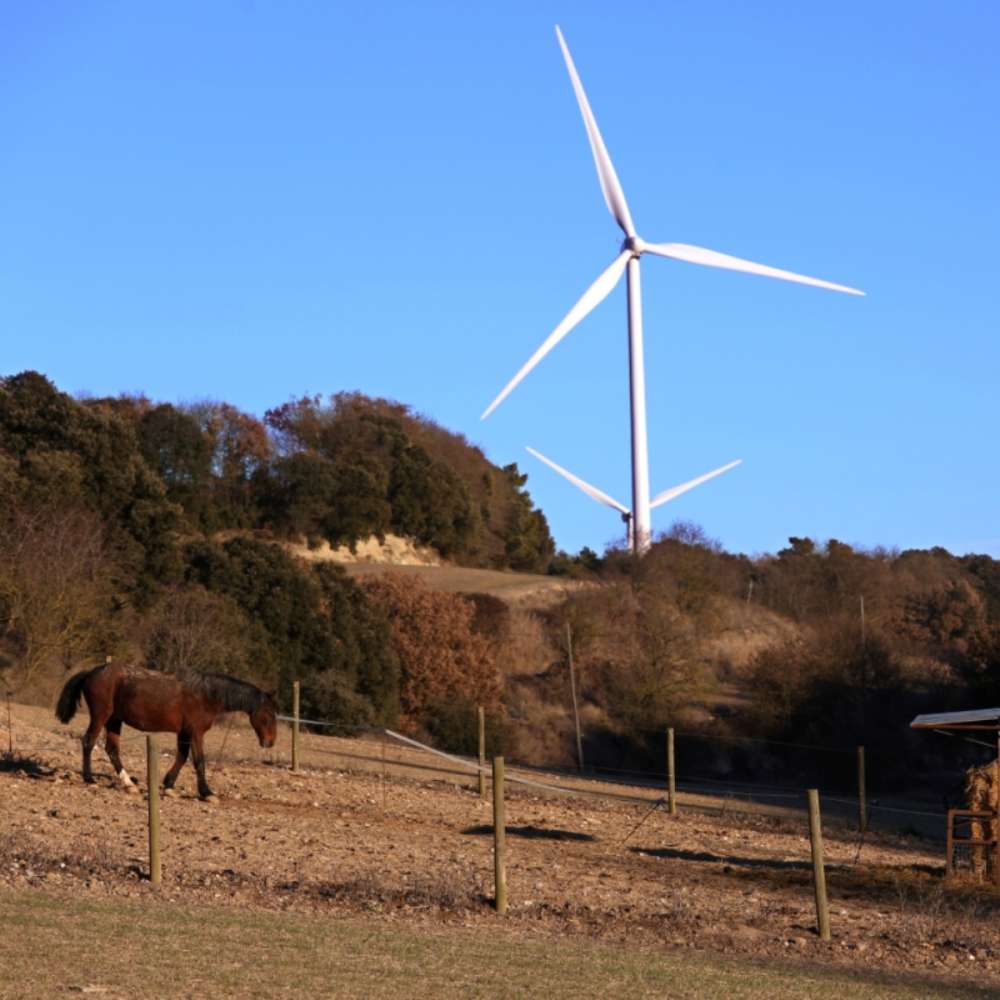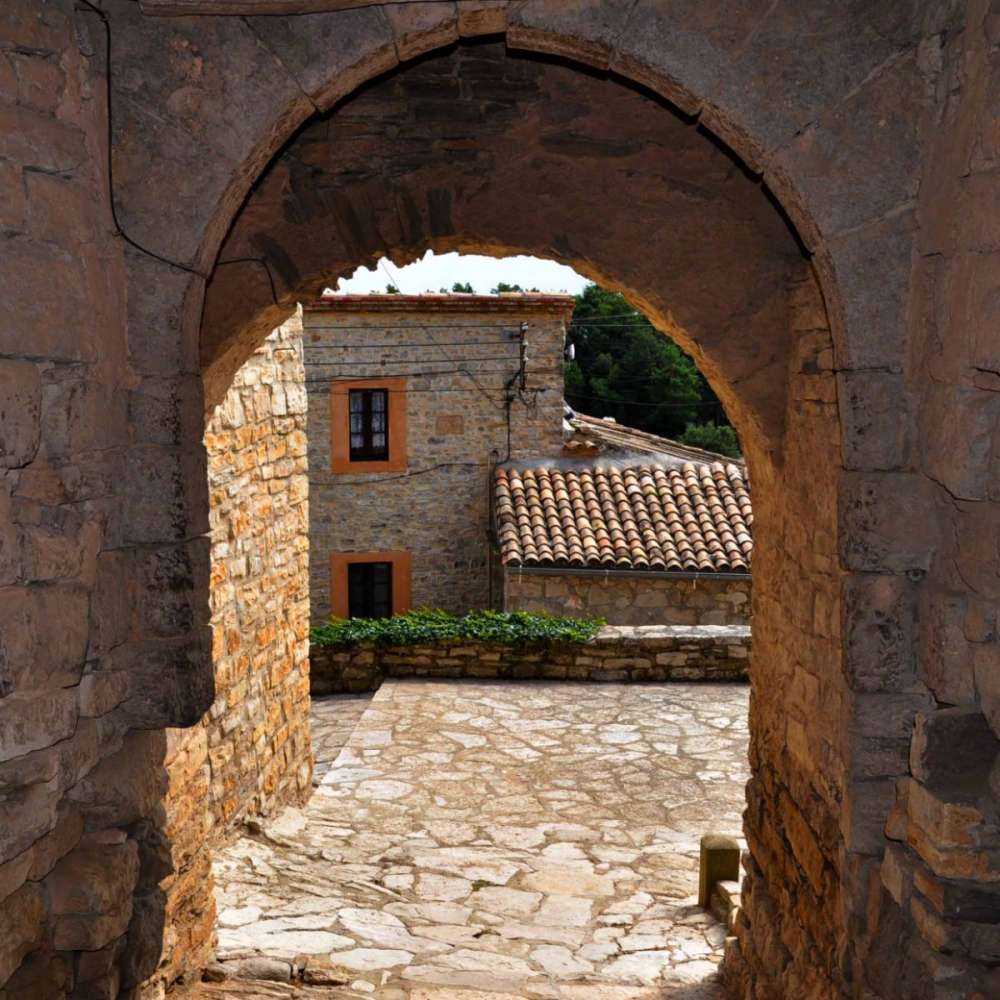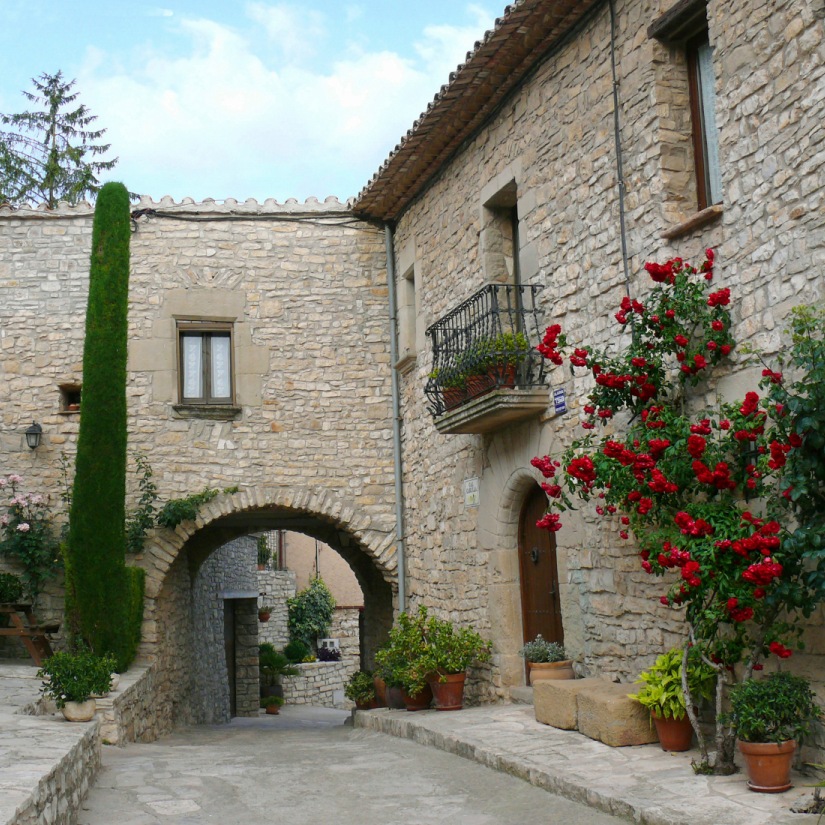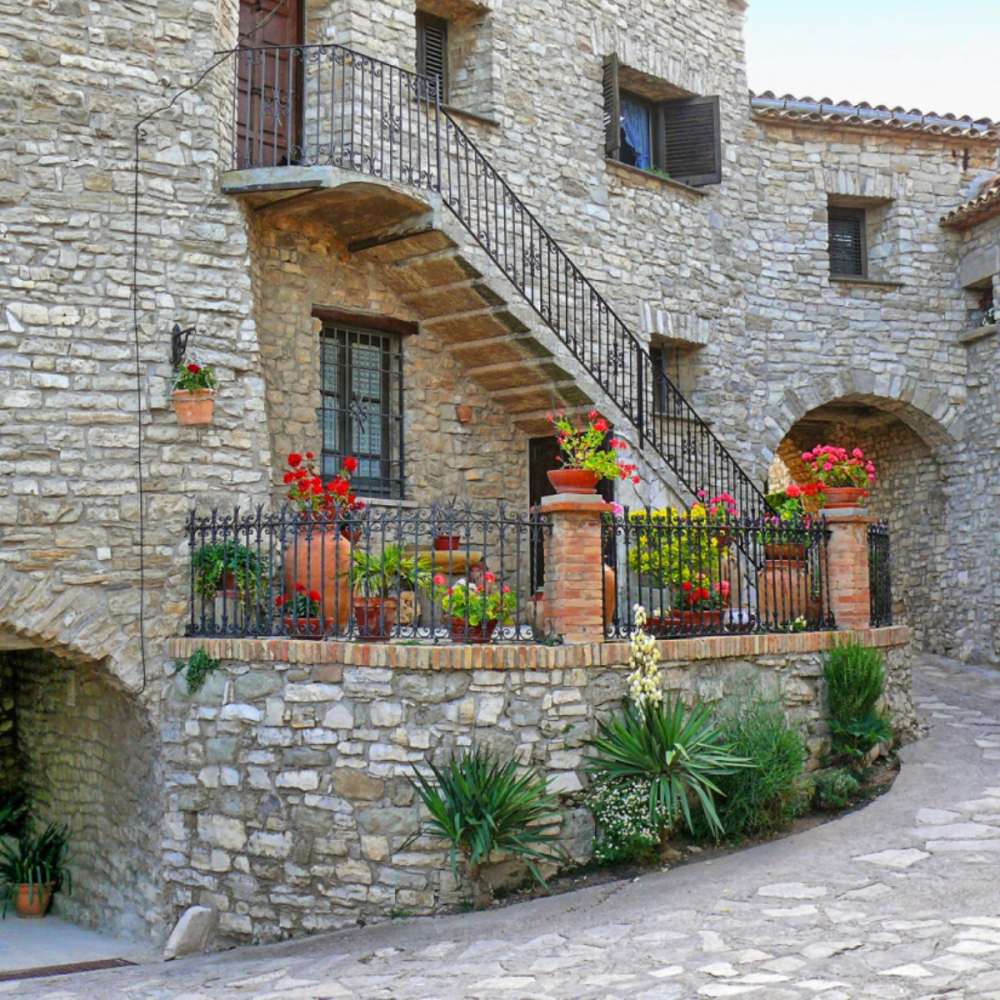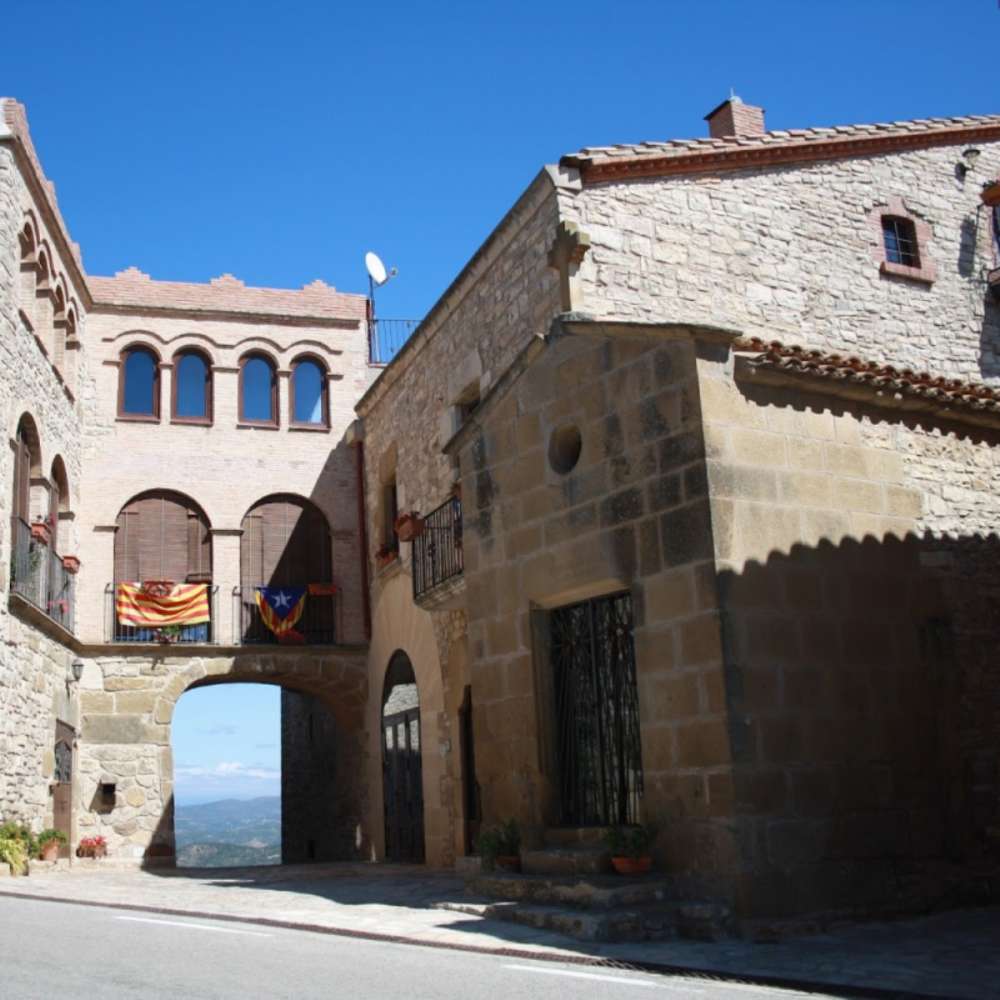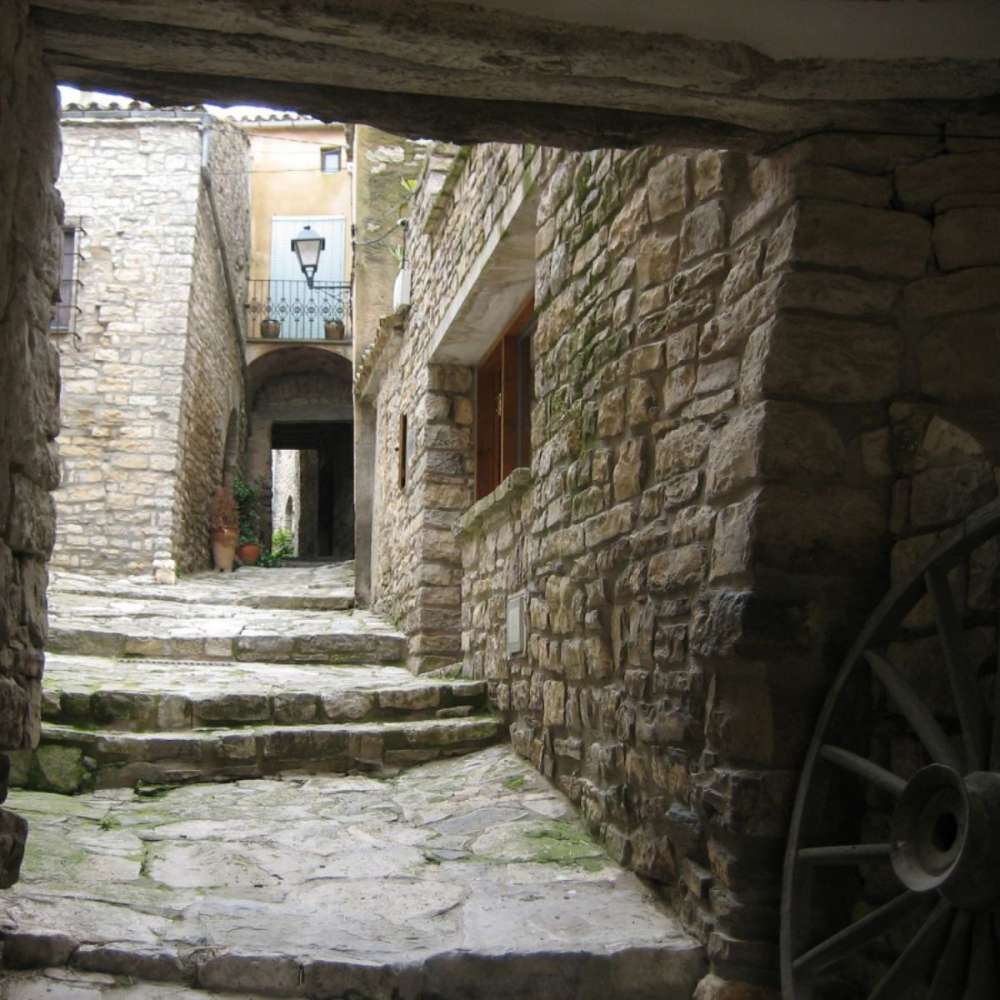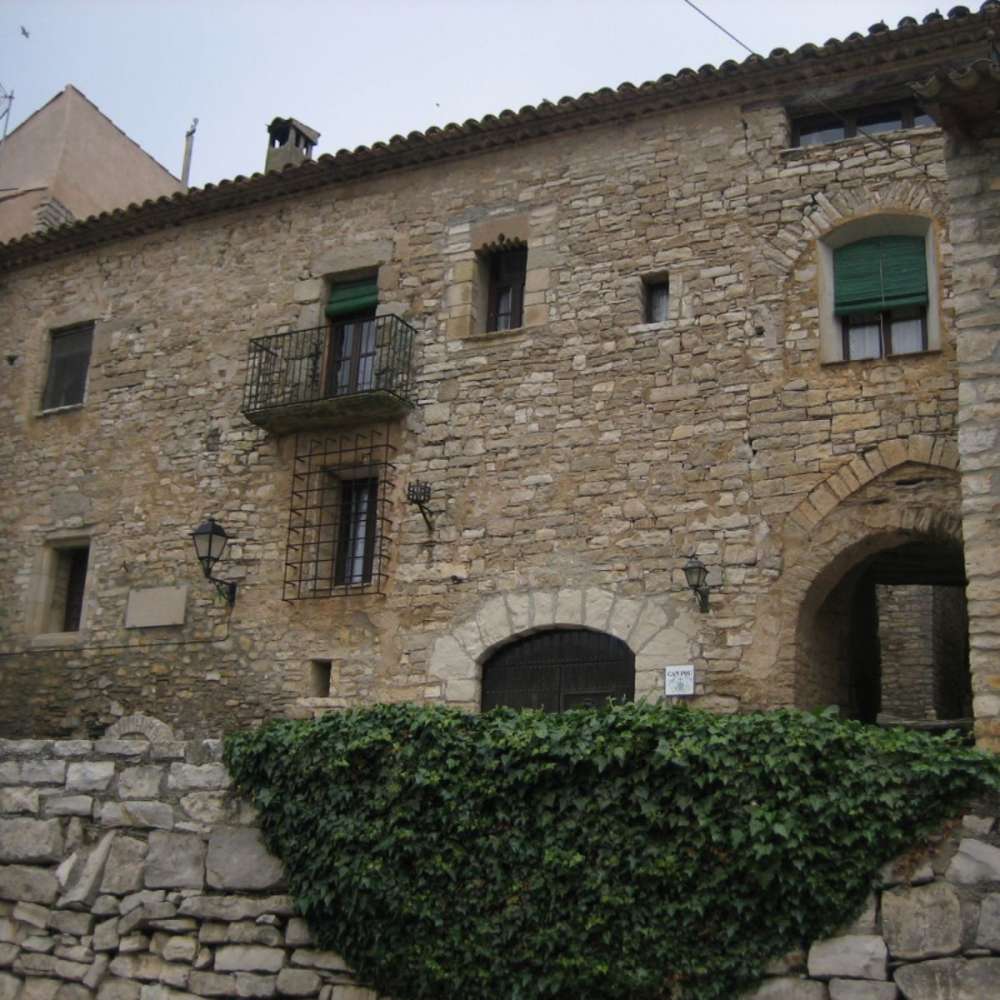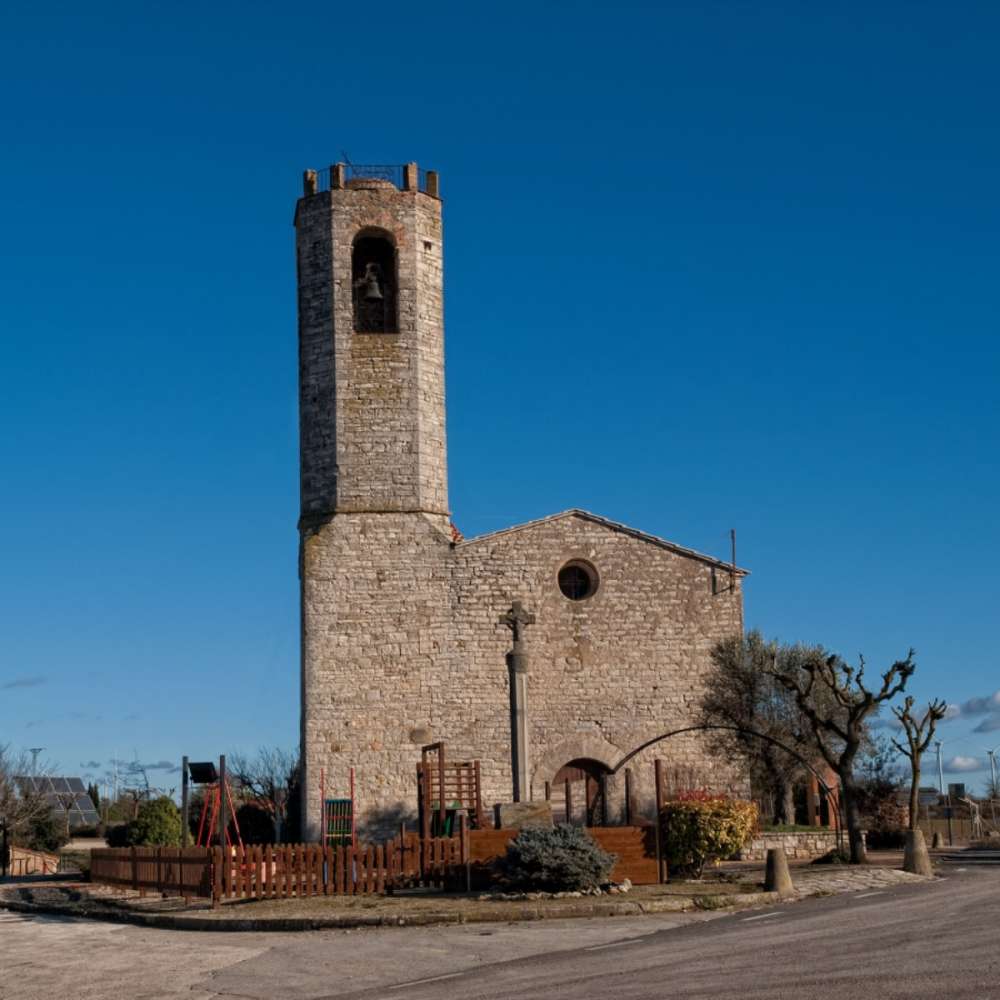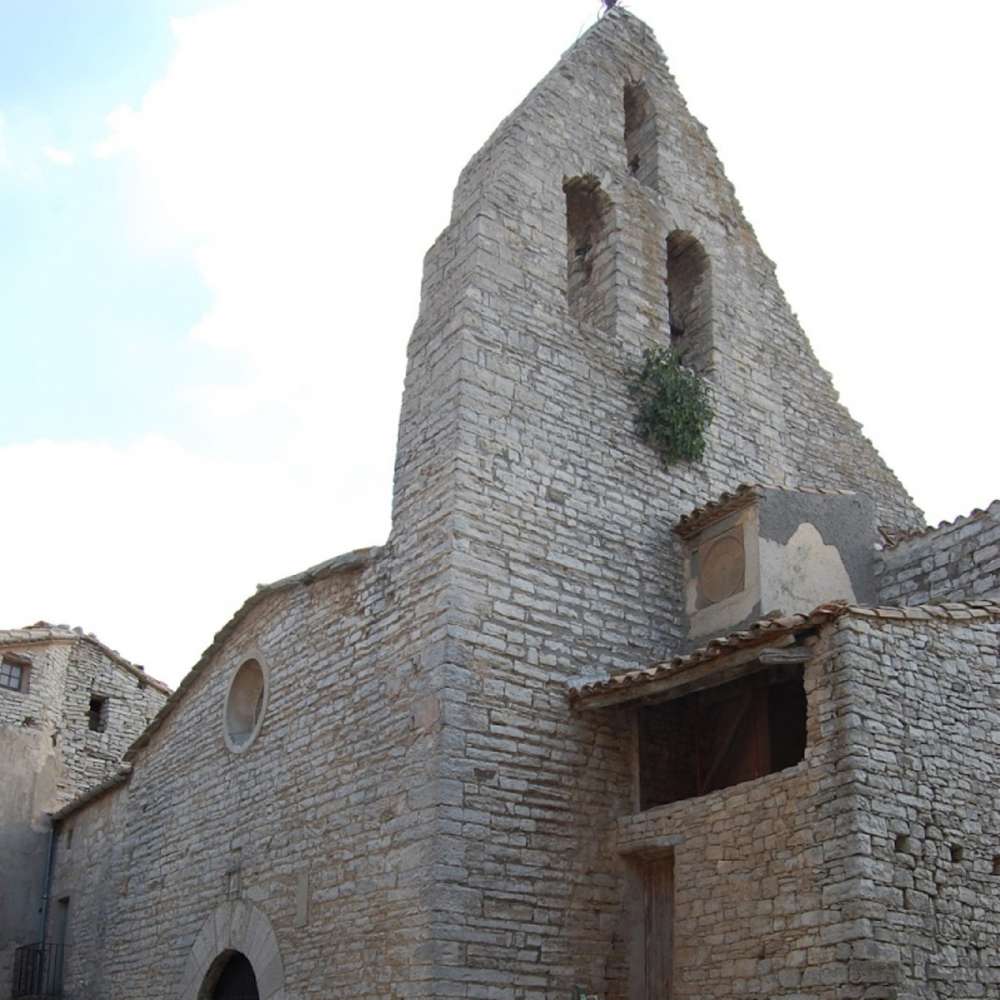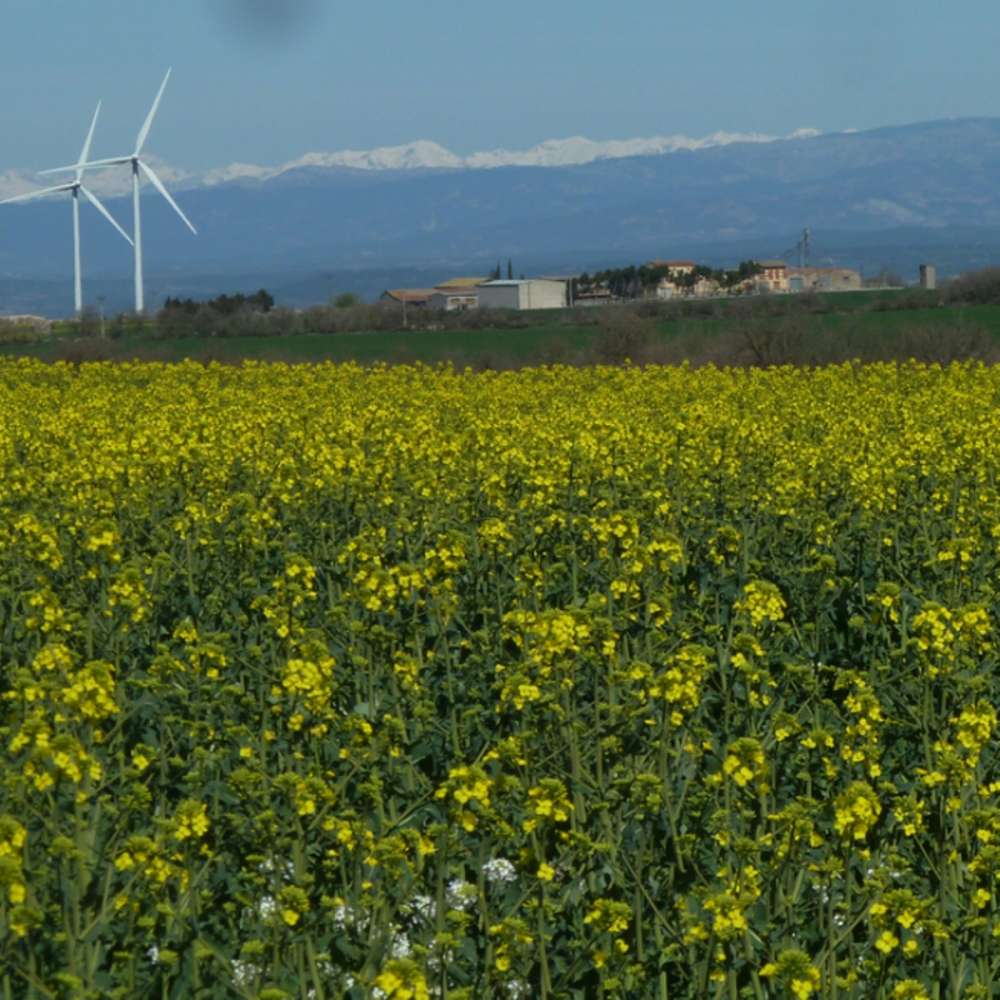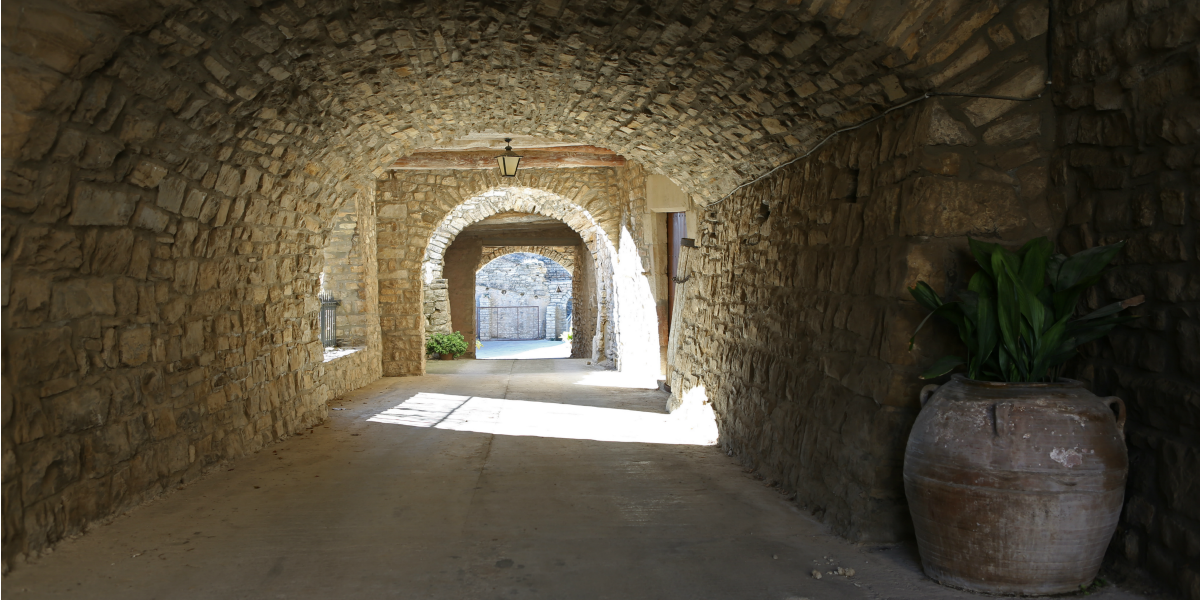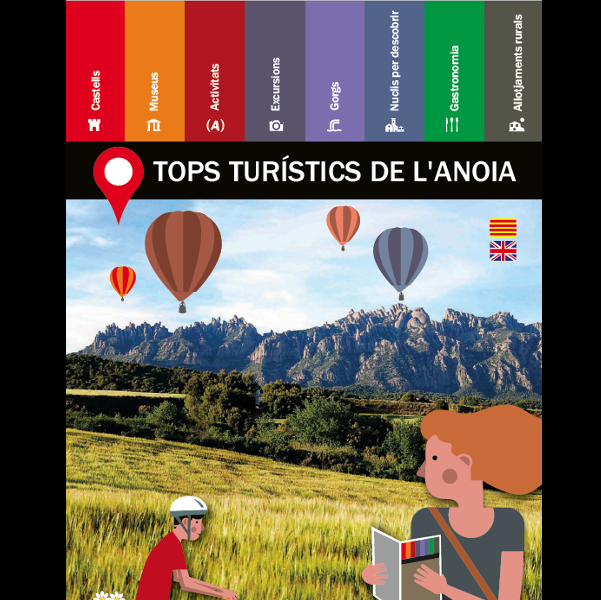Pujalt and L’Astor, stone and tradition
Pujalt is a small municipality in the county of Anoia, located in the centre of Catalonia. It’s composed of five hamlets: L’Astor, Conill, La Guàrdia Pilosa, Vilamajor and Pujalt.
Pujalt and its hamlets retain many vestiges of mediaeval times, such as gates from old walled enclosures, stone underpasses, Romanesque and Gothic churches, steep lanes and castle ruins. It also contains an important reminder of our more recent history: the remains of the training camp of the Popular Army of the Republic, dating from 1938.
One of the highlights of the municipality of Pujalt is L’Astor, a hamlet whose existence dates back to at least 1176. It was a small hamlet protected by a wall and a moat. It has retained the layout of its mediaeval streets, many of which are covered by arches, vaults and beams. It also boasts several interesting houses and has one of the best-preserved historical centres in the county.
Another landmark of the municipality is the Church of Sant Andreu. Built outside the perimeter of the walled enclosure, it dates back to at least the 11th century as the parish church of Pug Alt. The building was substantially remodelled in the 18th and 19th centuries and little remains of its ancient Romanesque appearance: the apse was replaced with a rectangular presbytery, side chapels were incorporated and a polygonal bell tower was built. In the 18th century the old door on the south façade was filled in and a voussoired door was placed on the front wall. The outline of the old door can still be clearly observed. The church was set on fire in 1936 during the Spanish Civil War and restored in 1938 as a Hogar del Soldado (Soldiers’ Club).
Tourist attractions of Pujalt
1) Gothic boundary cross in Conill
2) Gothic Chapel of La Concepció (14th – 15th century)
3) Romanesque Church of Santa Magdalena in L’Astor
4) Romanesque Church of Sant Joan de Vilamajor
5) Church of Sant Vicenç, in Conill
6) Church of Sant Jaume Apòstol, in La Guàrdia Pilosa (17th – 18th century)
7) Chapel of La Mare de Déu del Roser, in Conill (17th century)
8) Parish Church of Sant Andreu ( 12th-18th-19th centuries)
9) Romanesque Church of Sant Ponç
10) Church of Sant Joan de les Torres (15th century)
11) Recreational area of the Conill Spring
12) Weather station
13) Remains of the training camp of the Popular Army of the Republic
14) Wide range of rural tourism accommodation
www.pujalt.cat
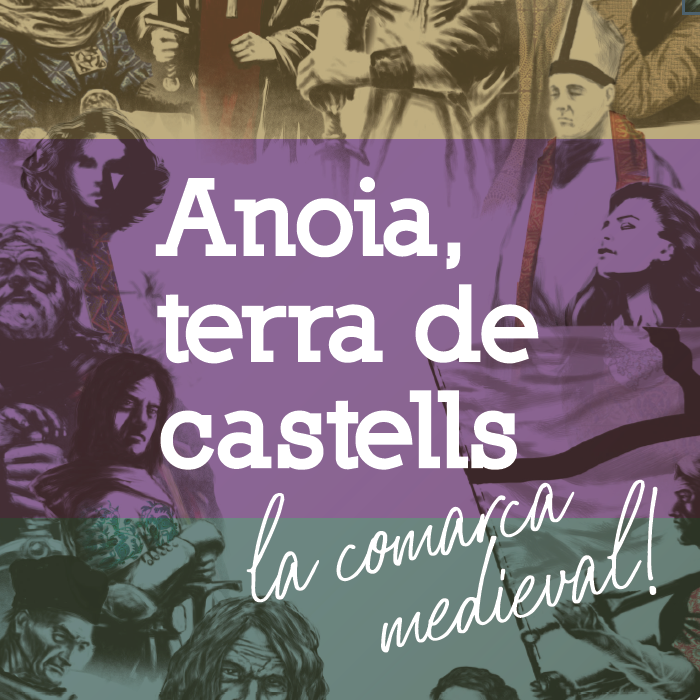
I RODALIES

